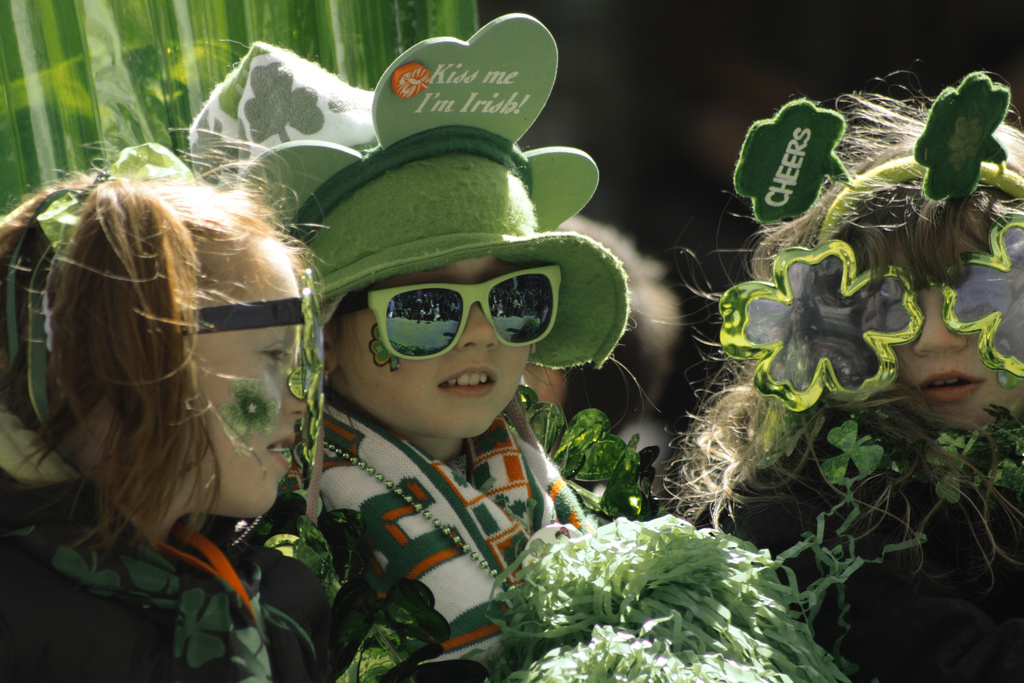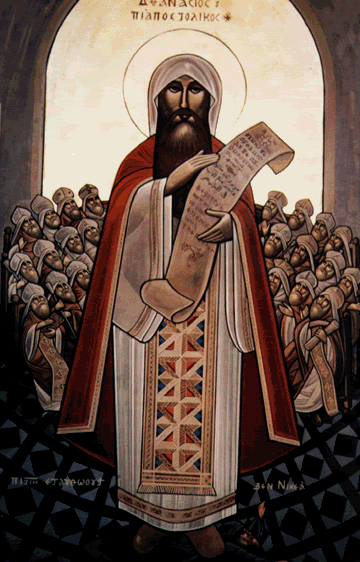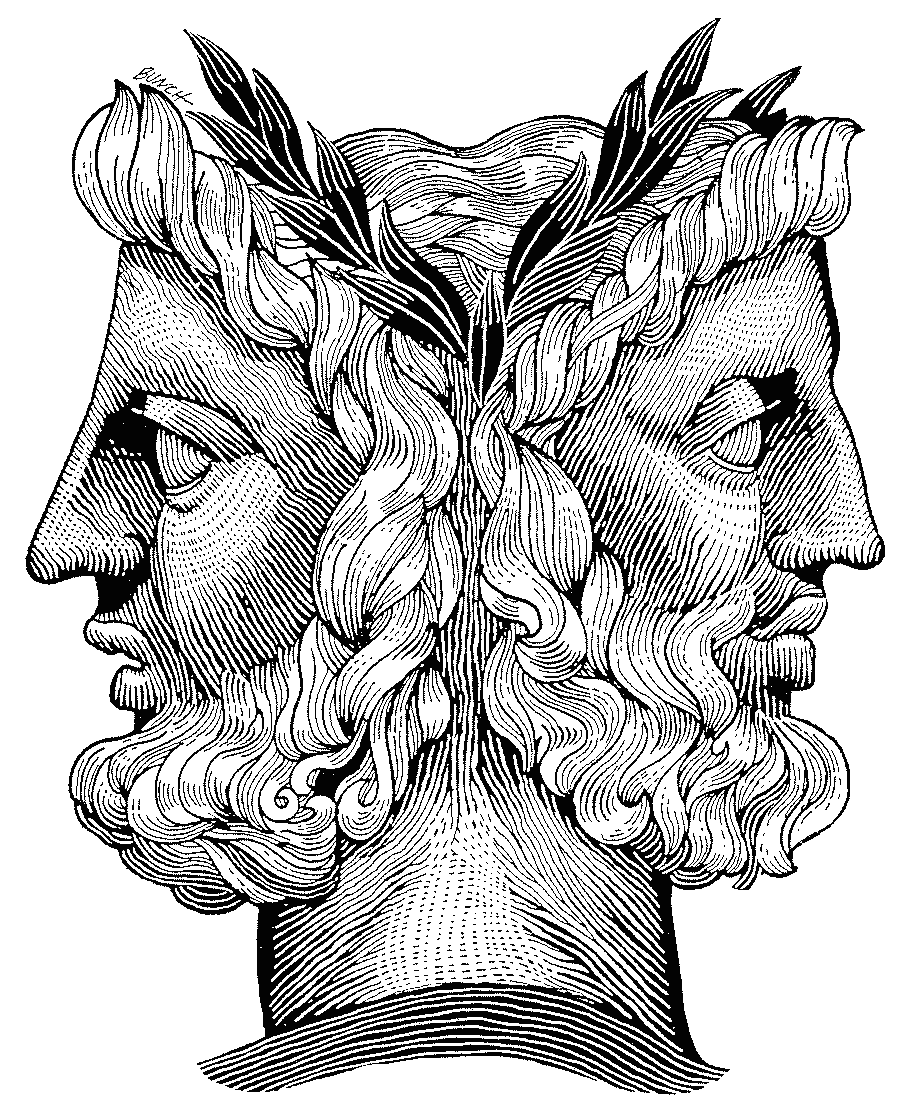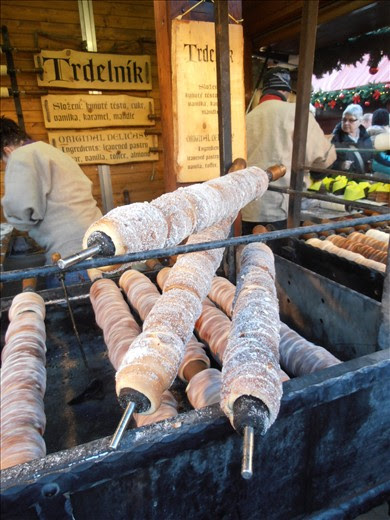The Christmas season is celebrated in
different ways around the world, varying by country and region. The most
common Christmas Traditions include the lighting of Christmas trees,
the hanging of wreaths, Christmas stockings, candy canes, and the
creation of Nativity scenes depicting the birth of Jesus Christ.
Christmas carols may be sung and stories
told about such figures as the Baby Jesus, Saint Nicholas, Santa Claus,
Father Christmas, Christkrindle or Grandfather Frost.
The sending of Christmas Cards, the
exchange of Christmas greetings, observance of fasting and/or special
religious observances such as a midnight mass or Vespars on Christmas
eve, the burning of a yule log, and the giving and receiving of presents
are all popular Christmas traditions. Christmas time is one of the most
important periods on the Christian calendar.
Below are some of the lighter-of-heart and modern Christmas Traditions that families practice.
Christmas Cookie Exchange. The
earliest reference that I could find to a "Cookie Exchange" was in the
Syracuse Herald, January 20, 1936; obviously not a Christmas Cookie
Exchange. Other articles would suggest that it's historically been a
"Ladies Only event". But it's a a great activity to get the kids, the
relatives, friends and even strangers together and walk away with a huge
variety of cookies, cakes, candies and other holiday treats and you
don't have to spend weeks preparing them.
The Christmas Web. Christmas has always been a family celebration in our home, but as our children grew older we found that their interest in Christmas morning waned and the sparkle in their eyes was gone.
older we found that their interest in Christmas morning waned and the sparkle in their eyes was gone.
The day after Thanksgiving, 1992, we introduced The Christmas Web in
our home with the placement of Magic Wands into their socks that had
for years been hung at the fireplace mantel. Attached to each Magic Wand
was a piece of yarn (a 70 yard piece of yarn).
When our two teen-aged children awoke on
Christmas morning, they found that the yarn was wound through the house -
around window latches, door knobs, chairs and doors.Their piece of
Christmas web ended in a closet or cabinet which held their Special
Christmas Gift from one of Santa’s elves, an elf who had been looking
out for them for the past year and knew of their desire for this special
Christmas gift.
Each year, The Christmas Web continued
as each of our children got married and as they had children of their
own. Each of our grandchildren have an Elf on the Shelf or Elf Magic elf
that hides their Special Christmas Gift each year and leads them to it
with their individual Magic Wand. Kerry Grinkmeyer
The Elf on the Shelf. Have you ever wondered how Santa knows who is naughty and who is nice? The Elf on the Shelf®: A Christmas Tradition is the very special tool that helps Santa know who to put on the Naughty and Nice list.
This interactive holiday hide-and-seek
tradition is perfect for children and families of all ages. Excellent
listeners and even better observers, these scout elves are the eyes and
ears of Santa Claus. Although they cannot be touched, or else they may
lose their magic, the elf will always listen and relay messages back to
Santa. Taking in all the day-to-day activities around the house, no good
deed goes unnoticed; these scout elves take their job seriously. Each
night, after the family goes to bed, the scout elf uses his magical
Christmas powers to fly back to the North Pole. Once there, the elf will
make his or her daily report to Santa. Before the family awakes each
morning, their special scout elf will fly back to their home from the
North Pole. On Christmas Eve, the scout elf will listen for Santa’s bell
and then fly back to the North Pole until the next season, wishing
every girl and each boy a Christmas of peace and a year full of
joy.
Picking the Christmas Tree
Every Christmas my Daddy and I went to pick out the tree. While we
were hunting the tree Mom made sure that all the ornaments were out for
our arrival home with the tree. We each had our special ornament,
Daddy's wooden Santa Claus was the first to go on the tree, then Mom's
lamb and then my baby carriage. This was our tree decorating tradition
and it continues in our home today even though they are both gone their
special ornaments are first on the tree followed by each of our families
special ornaments.
Mom always had a Christmas tree trimming
party where everyone made ornaments to take home, Christmas was a big at
our house as we have made it for our children and grandchildren. Nita Cranfill
Elf Magic The Elf Magic
Elves – recognized by a magic snowflake placed on their heart by Santa
himself – make the holiday season come alive. This timeless tradition
artfully blends playtime, the importance of family values, and
reinforces the true meaning of Christmas. From discovering an Elf’s
magical arrival in the home, to searching for their hidden Elf after a
night full of adventurous.
Elf Ideas There are many elf's that have been incorporated into the Christmas celebration over the past decade and as the children grow older parents have to become more creative on how to incorporate their children's elves into their holiday celebration. The Internet is full of many share "elf ideas" that can add to the family fun.
Christmas Day Scavenger Hunt My
wife and I started a tradition about twenty years ago for our two
children. It is a simple scavenger hunt on Christmas day, after the
presents are unwrapped, but with a few twists. It starts with a message
in a small box that leads them to a hidden message and so on. My wife
writes the messages in the form of poems that direct the seekers to five
or six different locations. Once a message is found it must be
returned to the living room where they are read to the entire family
before heading on to locate the next message. Some messages are hidden
inside and some involve trips to the woods or barns-we have boots
available.
The
last message leads to a gift, the one we feel they will enjoy the most.
We have now added a son-in-law and daughter-in-law and two
granddaughters to this tradition. You must be five years old to join
the hunt and we have a grandson that will start in four years. My wife
and I learned a few years ago that all participants have saved every
message they have received over the years and we take that as a sign
that they cherish this tradition as much as we do. Willis Smith
Czech Christmas traditions Staying in Czech Republic for ten month I had the opportunity to
celebrate Christmas with Czech People in Czech tradition, I visited
Czech Christmas merchants, drunk warm Czech wine and beer, eat pig meals
and trdelnik – which is is a traditional Czech cake and sweet Pastry,
it is made from rolled dough, wrapped around a stick, then grilled and
topped with sugar and walnut mix. luminosa
Other Christmas/Hanukkah Traditions
-
Have each member of the family draw a name of another member and make a handmade gift for that person.
-
Collect or make one ornament each year that has special meaning to the family.
-
Have the children write letters to Santa and place them in their stockings.
-
Write letters in reply from Santa commending each child for his or her good behavior that year.
-
As a family, make gingerbread houses, candy trains, or ornaments.
-
As a family, put up Christmas/Hanukkah
decorations, decorate the tree or light the menorah as a family, making
it an event with music and good food. Visit neighbors singing the songs
of the season, and give a small gift to the people you visit.
-
Enjoy time playing dreidels and eating latkes and other traditional festivities of the Hanukkah season.
-
Act out the Christmas story.
-
Drive around the neighborhood looking at lights and listening to Christmas music.
-
For every day in December, burn a candle while participating in a family activity.
-
Collect Christmas stories and read them to small children.
-
Each year, add a special emblem to stockings signifying an important event from that year.
-
Give the Lord the gift of a personal
improvement goal for next year. Write it on a piece of paper, place it
in the manger, read it next Christmas or Hanukkah, and evaluate
progress.
-
Have children put on a piece of straw in
the manger for every random act of kindness that they do in December. By
Christmas it should be soft and comfortable for the baby Jesus.
 beloved
tradition in the Orthodox and Eastern Catholic churches where the eggs
dyed red to represent the blood of Jesus Christ that was shed on the
cross. Easter eggs are blessed by the priest at the end of the Paschal
vigil and distributed to the congregants. The hard shell of the egg
represents the sealed Tomb of Christ, and cracking the shell represents
Jesus' resurrection from the dead. Moreover, historically Christians
would abstain from eating eggs and meat during Lent, and Easter was the
first chance to eat eggs after a long period of abstinence. (Orthodox
Christians continue to abstain from eggs during Lent.)
beloved
tradition in the Orthodox and Eastern Catholic churches where the eggs
dyed red to represent the blood of Jesus Christ that was shed on the
cross. Easter eggs are blessed by the priest at the end of the Paschal
vigil and distributed to the congregants. The hard shell of the egg
represents the sealed Tomb of Christ, and cracking the shell represents
Jesus' resurrection from the dead. Moreover, historically Christians
would abstain from eating eggs and meat during Lent, and Easter was the
first chance to eat eggs after a long period of abstinence. (Orthodox
Christians continue to abstain from eggs during Lent.) means
the grass is greening, azaleas are blooming and the spring flowers
brighten the back yard. Each child has their own Easter basket that has
been theirs for years. The grandchildren and their parents go first
and we all gather on the patio to see what treasures have been left by
the Easter Bunny. Then it's time for the grandchildren to hide the
plastic eggs for their parents to find. Each plastic egg has money in
it, ganging from $1.00 to $100.00 the parents have 10 minutes to find
the eggs. What they find they keep. What they don't find the
grand-kids share. The competition is keen and suspense mounts as the
time runs down.
means
the grass is greening, azaleas are blooming and the spring flowers
brighten the back yard. Each child has their own Easter basket that has
been theirs for years. The grandchildren and their parents go first
and we all gather on the patio to see what treasures have been left by
the Easter Bunny. Then it's time for the grandchildren to hide the
plastic eggs for their parents to find. Each plastic egg has money in
it, ganging from $1.00 to $100.00 the parents have 10 minutes to find
the eggs. What they find they keep. What they don't find the
grand-kids share. The competition is keen and suspense mounts as the
time runs down.



 The holiday dates back to the early seventeenth century.
The holiday dates back to the early seventeenth century. 
 14
each year. It is celebrated in many countries around the world. St.
Valentine's Day began as a celebration of one or more early Christian
saints named Valentinus. The most popular story associated with Saint
Valentine was that he was imprisoned for performing weddings for
soldiers who were forbidden to marry and for ministering to Christians
who were persecuted under the Roman Empire. During his imprisonment, he
is said to have healed the daughter of his jailer, Asterius. Legend
states that before his execution he wrote her a letter "from your
Valentine" as a farewell.
14
each year. It is celebrated in many countries around the world. St.
Valentine's Day began as a celebration of one or more early Christian
saints named Valentinus. The most popular story associated with Saint
Valentine was that he was imprisoned for performing weddings for
soldiers who were forbidden to marry and for ministering to Christians
who were persecuted under the Roman Empire. During his imprisonment, he
is said to have healed the daughter of his jailer, Asterius. Legend
states that before his execution he wrote her a letter "from your
Valentine" as a farewell. I
was able to express my innermost feelings for Betty, a girl in my
class. It was a special feeling and I was only able to achieve it with
the encouragement of my Mom. I was also able to express my feelings for
my good friends. I remember running from house to house, slipping the
Valentine Card under the door, ringing the door bell and running and
hiding behind a bush so that I might be able to see my Valentine find my
card. Kerry
I
was able to express my innermost feelings for Betty, a girl in my
class. It was a special feeling and I was only able to achieve it with
the encouragement of my Mom. I was also able to express my feelings for
my good friends. I remember running from house to house, slipping the
Valentine Card under the door, ringing the door bell and running and
hiding behind a bush so that I might be able to see my Valentine find my
card. Kerry The
ancient Babylonians made promises to their gods at the start of each
year that they would return borrowed objects and pay their debts. The
Romans began each year by making promises to the god Janus, for
whom the month of January is named. In the Medieval era, the
knights took the "peacock vow" at the end of the Christmas season each
year to re-affirm their commitment to chivalry. At many
Christians prepare for the year ahead by praying and making these
resolutions. There are other religious parallels to this
The
ancient Babylonians made promises to their gods at the start of each
year that they would return borrowed objects and pay their debts. The
Romans began each year by making promises to the god Janus, for
whom the month of January is named. In the Medieval era, the
knights took the "peacock vow" at the end of the Christmas season each
year to re-affirm their commitment to chivalry. At many
Christians prepare for the year ahead by praying and making these
resolutions. There are other religious parallels to this 


 older we found that their interest in Christmas morning waned and the sparkle in their eyes was gone.
older we found that their interest in Christmas morning waned and the sparkle in their eyes was gone.




